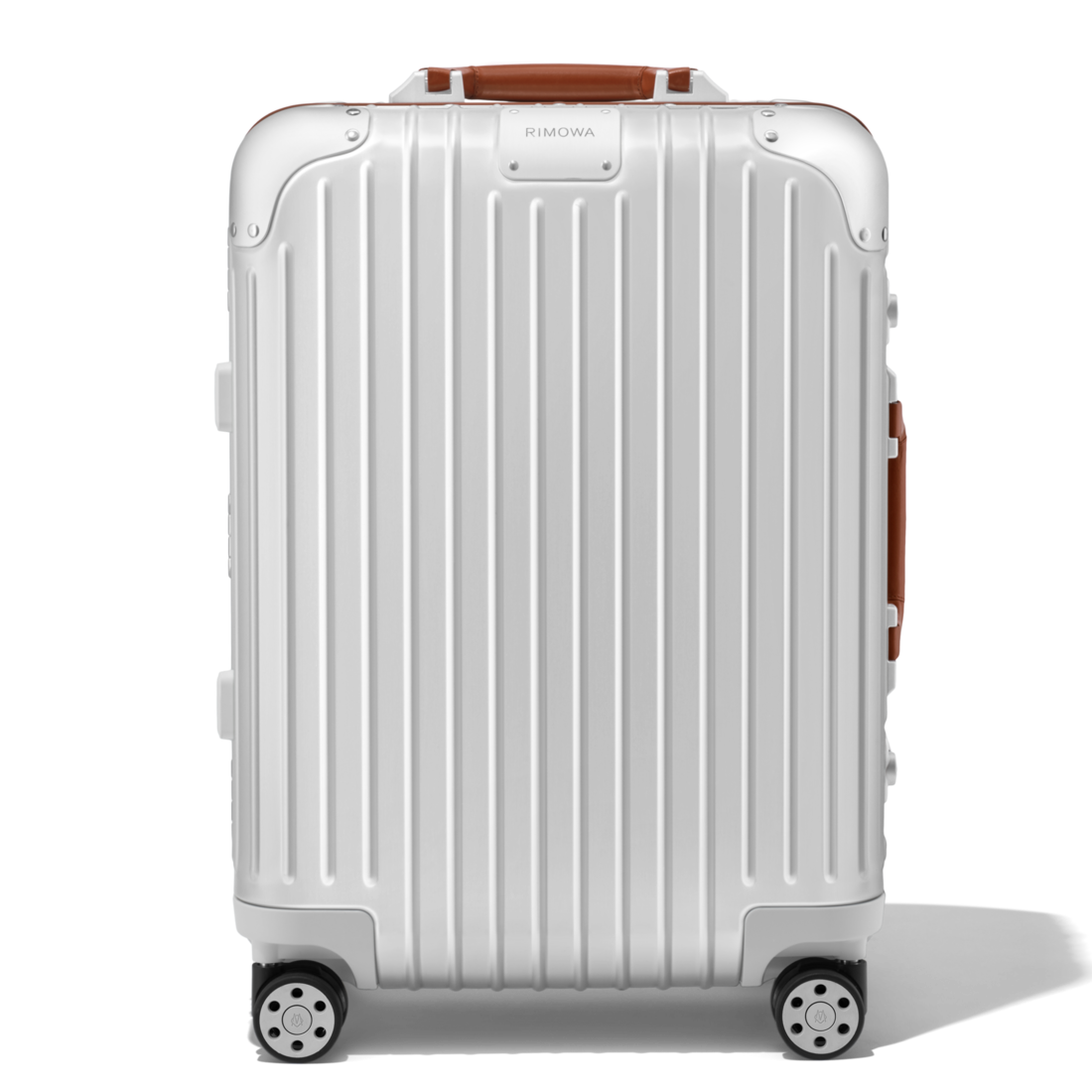Original Cabin Twist Suitcase in Silver & Brown – RIMOWA
One of the most iconic luggage designs of all time is now available with a twist.
Includes a complimentary leather luggage tag and sticker set.
TSA-Approved Locks
Each of our suitcases features TSA-approved locks that can be opened by security during airline baggage checks without causing any damage.
Flex Divider
Packed items are kept in perfect order during transit with the height adjustable Flex Divider, which can be adapted to suit your belongings.
Multiwheel® System
Pioneered by RIMOWA, this high-end system guarantees stable and effortless steering thanks to ball-bearing mounted wheels with cushioned axels.
Telescopic Handle
Engineered to offer seamless stage-free adjustment for maximum comfort and smooth manoeuvrability.
Additional information
| Measurement | 55 x 40 x 23 CM |
|---|---|
| Weight | 4,3 Kg |
| Volume | 35 L |






Reviews
There are no reviews yet.